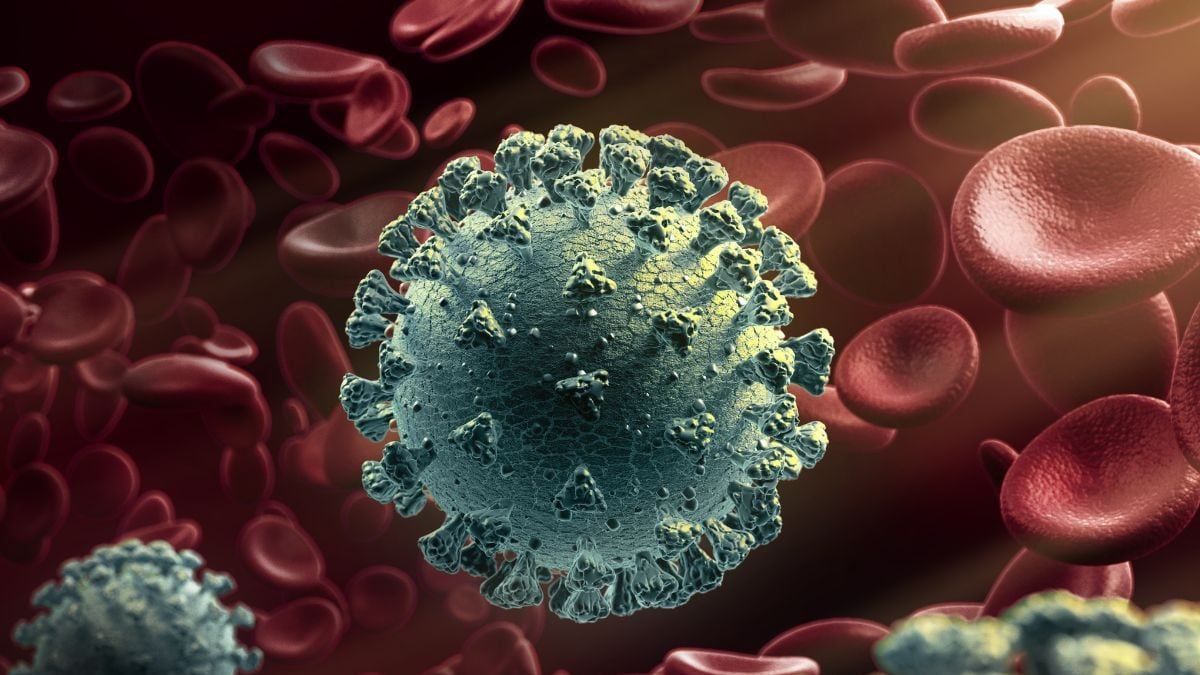August has historically been the worst month for West Nile virus infections in the United States, according to reports
West Nile virus, also known as WNV, is a single-stranded RNA orthoflaviviridae that belongs to the same genus as dengue, yellow fever, and Zika.
Cases of West Nile virus are rising in North America and Europe as the mosquito-borne disease approaches its peak season. Meanwhile, experts warn that the virus could spread to new areas due to climate change.
According to the European Centre for Disease Prevention and Control (ECDC), by the end of July, 69 cases had been documented in eight countries, and eight deaths had been confirmed in Greece, Italy and Spain. Although the number of cases in Greece and Spain is higher than in previous transmission seasons, the number of infections is in line with ECDC estimates.
In 2024, more than 100 incidents have been reported so far in 26 U.S. states. Additionally, August has historically been the worst month for West Nile virus infections in the United States, according to reports.
What is West Nile virus and how does it spread?
West Nile virus, also known as WNV, is a single-stranded RNA orthoflaviviridae that belongs to the same genus as dengue, yellow fever, and Zika. Infected individuals face serious health risks from several of these infections.
The common house mosquito (Culex pipiens) transmits West Nile virus, which was originally native to Africa but has since spread worldwide. Today, it is widespread not only in sub-Saharan Africa and North Africa, but also throughout Europe and Central Asia, as well as in the northern United States and Canada. Other Culex species capable of spreading West Nile virus can be found in southern parts of the world, including South Asia, the Asia-Pacific region, and the Americas.
When Culex mosquitoes bite other animals, they act as vectors for West Nile virus. In addition to humans and other mammals, birds can also contract the virus, and migratory species have contributed to its global spread.
West Nile Virus: Symptoms and Risks
According to health agencies, many people do not show symptoms of West Nile virus infection. However, in a small percentage of cases (20 percent, according to the ECDC), a person may suffer from West Nile fever, which manifests with headaches, nausea, lethargy, malaise and swollen lymph nodes. In most cases, these symptoms disappear within a week, but in more severe cases, specific medical attention may be necessary.
In less than 1 percent of cases, the patient develops West Nile virus disease, a dangerous central nervous system infection that can cause meningitis, encephalitis or acute flaccid myelitis, all of which have the potential to be fatal or have long-term consequences.
Elderly people, people with high blood pressure or blood problems, diabetes, kidney disease or diseases associated with alcoholism are some of the most vulnerable categories.
West Nile Virus: Prevention and Treatment
There is currently no vaccine to prevent WNV, so the best prevention against exposure to mosquitoes is often local control. These countermeasures may take the form of chemical controls such as insect repellents or barrier controls such as the use of body-covering clothing, mosquito nets, and screen doors.
Furthermore, restrictions on environmental factors that favor mosquito breeding and habitat can also be implemented by individuals and groups.












